Copenhagen: From Viking Village to Royal Capital
Copenhagen.
What started as a small Viking fishing village eventually grew to become the seat of the Dano-Norwegian Empire, and current capital of Denmark.
Now while Denmark is well-known for being one of the world leaders in design, clean energy, and sustainability, as well as liberalism, human rights, and modernism (free education, healthcare, and social security for all), its capital contains multiple treasures to its glorious royal past!
* Like most people from Scandinavia (the people formerly known as the Vikings), the Danes LOVE the water. One of Copenhagen's most picturesque spots is the waterfront area known as the Nyhavn.
* Bars, cafes, restaurants, and X-rated stores (seriously!), line the district while traditional Danish wooden boats rest on the calm and amazingly odorless canal.
* Forget people-watching.. boat watching is where it's at!
* The Amalienborg, a massive plaza containing four identical palaces on all corners and an equestrian statue at its heart, is where the Danish Royal Family officially resides!
* And like all good tourists visiting royal residences, one must always take photos with the palace guards! My folks gladly adhere to this fine tradition!
* The Palace grounds are situated by the water (as all Danes love the sea.. perhaps owing to their Viking ancestry?); and on this day we were extremely fortunate to spot and get real close to the Royal Yacht of Queen Alexandrine, the HDMY Dannebrog.
* The confident and resolute gentleman depicted on this fine equestrian statue is that of Frederick V, King of united Denmark-Norway back in 1746. Here he is directly facing Frederik's Church.
* Mandatory couple shot on this fine morning!
* The dome of Frederik's Church is a thing of beauty and reminded me of the one in St. Peter's Basilica in Rome.
* Most of Scandinavia follow the Lutheran way of Christianity; so while grand on the outside, the inside was pretty simple and unassuming.
* Of all of Denmark's monuments, there is probably nothing that comes close to the popularity of the Little Mermaid. However, don't expect to marvel at its scale as the statue is tiny sitting at barely 4 feet tall!
* The nearby Gefion Fountain though is much more impressive in scale and grandeur, as it depicts the Norse goddess Gefion commanding four oxen.
* A few blocks from the Amalienborg stands Christiansborg Palace, seat of the Danish Parliament, Supreme Court, and Office of the Prime Minister. All three actually share one work place!
* At the front of the palace stands the mighty and rotund equestrian statue of Frederick VII. A lot of their Kings sure are named Frederick!
* Incredibly, the Danish government also shares Christiansborg with the Royal Family as this is also where the Royal Reception Rooms, Royal Chapel and Stables are located.
* Doing their Viking ancestors proud, the Danes have always historically been bad-ass. Check out this statue of Bishop Absalon, a holy man.. with an axe!
* Right next to the Christiansborg is the Borsen (Stock Exchange), with its popular spire supposedly made up of four dragon tails twined together.
* And across the Borsen, is the Church of Holmen; famous for being the site of several Royal Weddings as well as burial place of Danish naval heroes.
* One of which was Niels Juel, here standing steadfast with his epic hat!
* The city's largest square is called the Kongens Nytorv (King's New Square) and contains the Royal Danish Theater, several aristocratic palaces, high-end department store and..
* The entrance to Copenhagen's famous shopping street, the Stroget! One of the longest pedestrian shopping streets in the world, the Stroget is full of international brands, boutiques, restaurants, cafes, and points of interest.
* The most famous of which is the Amagertorv, popular with locals and tourists for being the most central square in all of Copenhagen. Full of street performers, kiosks and cafes, the area is perfect for people watching!
* Like most major European cities, Copenhagen also has a distinct architectural flair and "look" that sets it apart from the rest. I absolutely loved the green and brown color combination found throughout the city!
* The Helligaandskirken (Try to pronounce it!) or Church of the Holy Ghost, might as well be the lair of a secret society or school for wizards with how spectacular its entrance looks.
* And just like in every trip, in every city; I say a short prayer and take a few minutes to express gratitude for how far I've travelled.
* If you continue your walk along the Stroget, you're bound to run into several more squares including the Gammeltorv, Copenhagen's oldest square and site of medieval Copenhagen's meat market.
* Continue walking until you hit Radhuspladsen or City Hall Square, a favorite area for celebrations, events, and demonstrations. Some of the points of interest around the area include:
* The actual City Hall of Copenhagen, with its magnificent bell tower (1.21 gigawatts!!!).
* The Hotel Scandic with this peculiar column of two gentlemen blowing horns while standing shoulder to shoulder (more on these gents in a future post!).
* And other buildings rockin' the green and brown combination!
* An interesting Copenhagen story involves King Christian X (what an awesome name! and immortalized here on horseback) who passive-aggressively defied the Nazis during their occupation of Denmark by bravely riding his horse daily around the city unaccompanied by guards.
He also once famously donned the Star of David, in support of Denmark's Jewish population who were being threatened as was the case throughout Europe, and financed the relocation of thousands of Danish Jews to unoccupied Sweden.
* The wife loving how Instagram-friendly this city is!
* Work like a captain, play like a pirate!


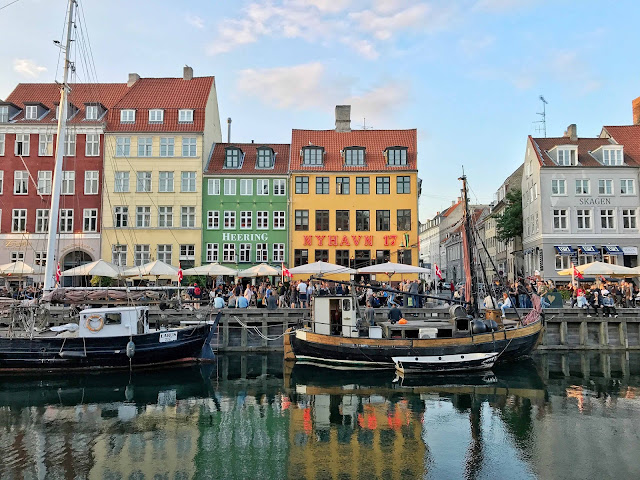











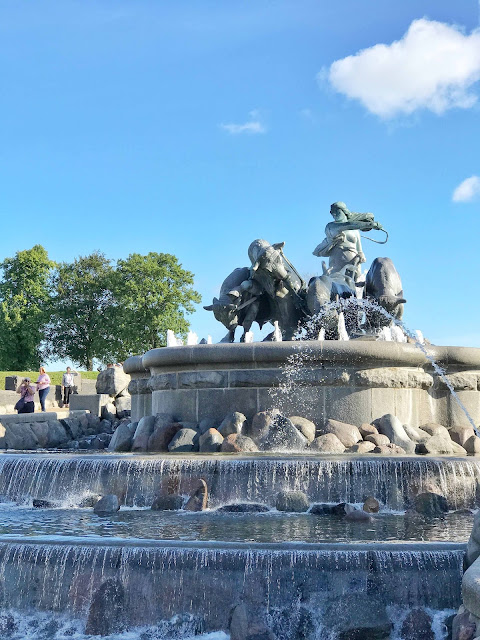


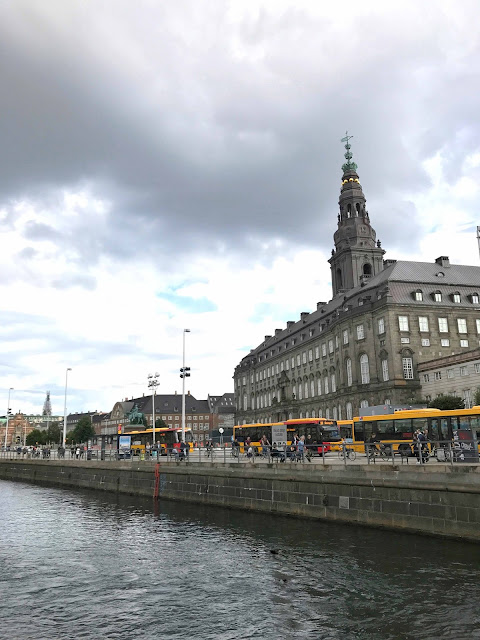







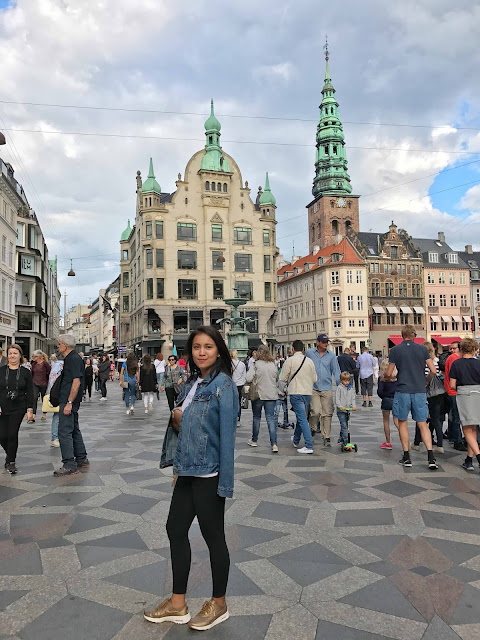


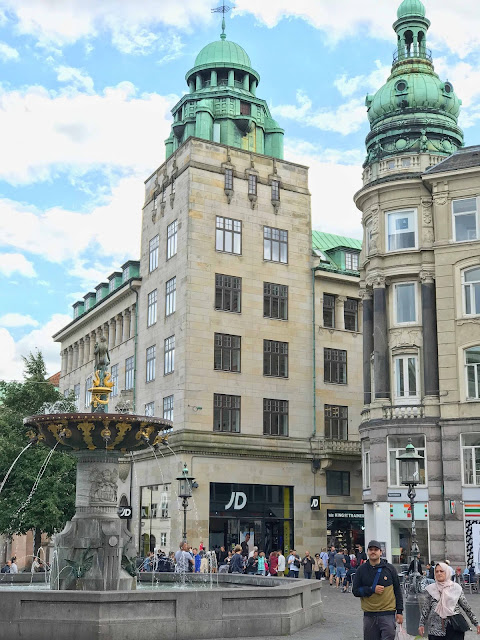



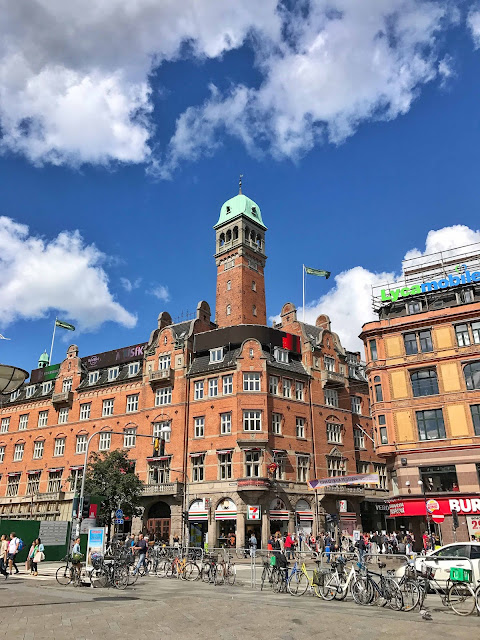

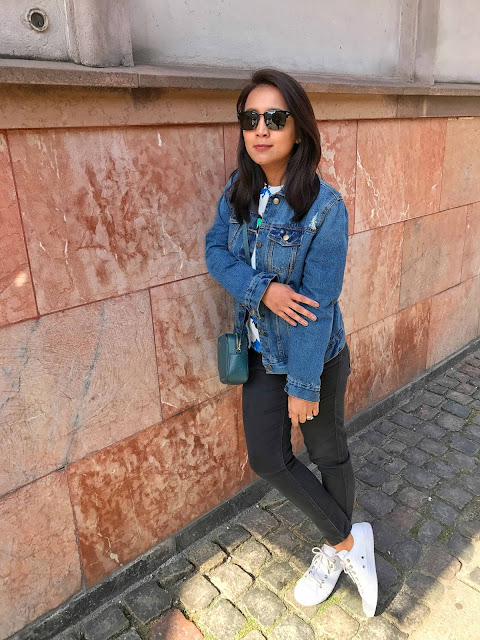
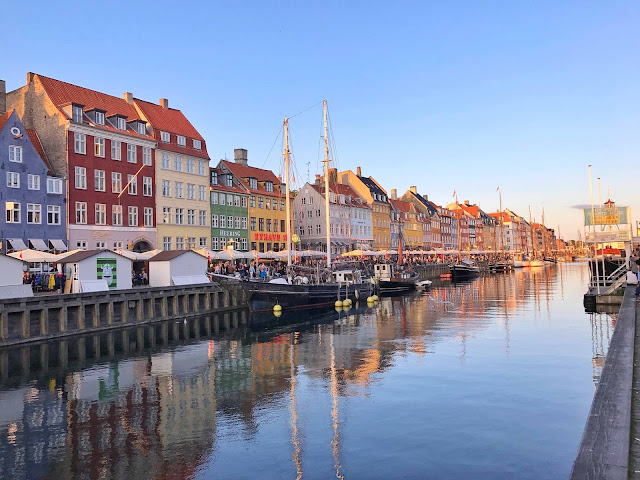
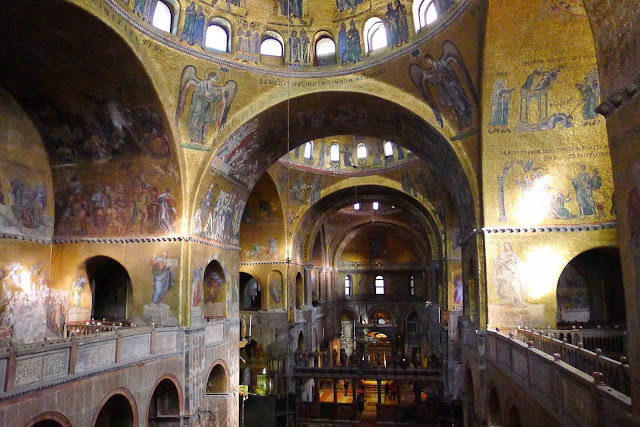


Comments
Post a Comment